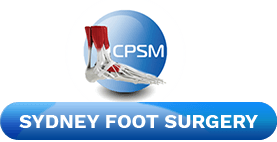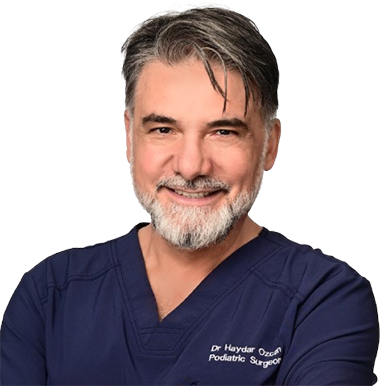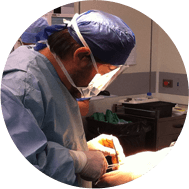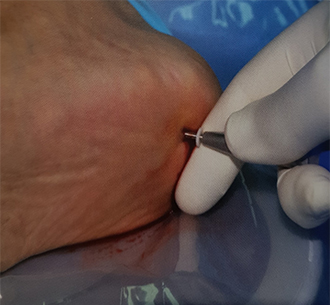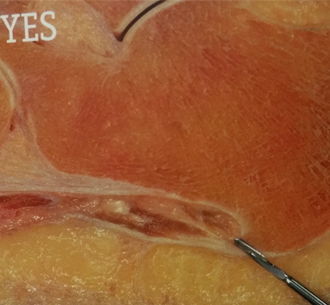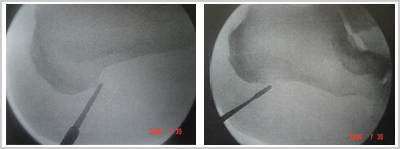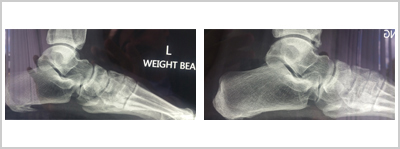Heel Spur Pain
Heel pain is usually caused by injury and inflammation to soft tissues and bones at the bottom of your heel. The cause of pain is plantar fasciitis, bone swelling with or without a heel spur, nerve impingement or all of the above. You may feel a sharp pain when pressure is applied to the area, such as when you stand up or when getting out of bed in the morning. After a while, the pain may become a dull ache. The symptoms can be treated by your GP or other physicians using conservative means such as shock wave therapy, orthotics and injections. If none of these provides you with relief, Dr Ozcan can easily rectify the problem using surgical techniques. For plantar fasciitis, please see the section on arch pain. For heel pain caused by spur or bone swelling (oedema), continue reading.
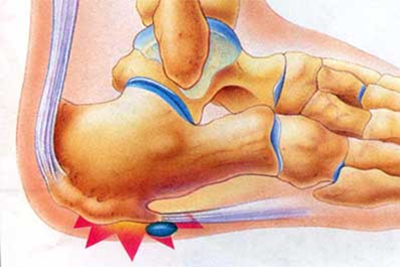
What is a heel spur?
A heel spur is a bony growth under the heel bone, visible by X-ray only.
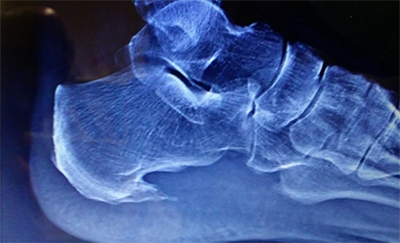
What causes a heel spur?
Heel spurs form when calcium builds up on the underside of the heel bone. This can happen due to strain on the muscles and ligaments or stretching of the plantar fascia. Things that put you at risk of heel spurs include:
- problems with how the feet function (biomechanics)
- running on hard surfaces
- unsupportive footwear
- being overweight
Heel spur symptoms
Heel spurs cause intermittent or chronic pain when inflammation builds up where the spur connects to the soft tissues of your foot. You may feel pain when walking or running, especially on hard surfaces.
Heel spur diagnosis
A heel spur can be diagnosed using an X-ray.
Heel spur treatment
Treatment for heel spurs may incorporate a range of options:
- Footwear needs to fit, provide adequate support for the types of activity you do and not cause you any pain.
- Strapping/taping to support the foot, taking the strain away from the foot muscles and plantar fascia, which allows the area to heal.
- Stretching exercises for the plantar fascia and calf muscles.
- Orthotics for your shoes that support, align and improve how your foot functions.
- Medication such as anti-inflammatories to reduce pain and inflammation in the area.
- Injections such as cortisone, prolotherapy, PRP injections may help relieve some of the symptoms.
- Surgery is only considered after all other treatments fail. Surgery may involve removing the spur from the bone, though it can also involve releasing the plantar fascia.
Minimally invasive (keyhole) heel spur surgery
Dr Ozcan uses minimally invasive (keyhole) techniques for the reduction of the spur and the release of the fascia. He is considered a pioneer of this approach in Australia. The technique allows early recovery, immediate weight-bearing and minimal disruption to the neurovascular structures. Both feet can be done at the same time and post-operative recovery usually involves 3 weeks in surgical sandals and 3 weeks in sport shoes.
